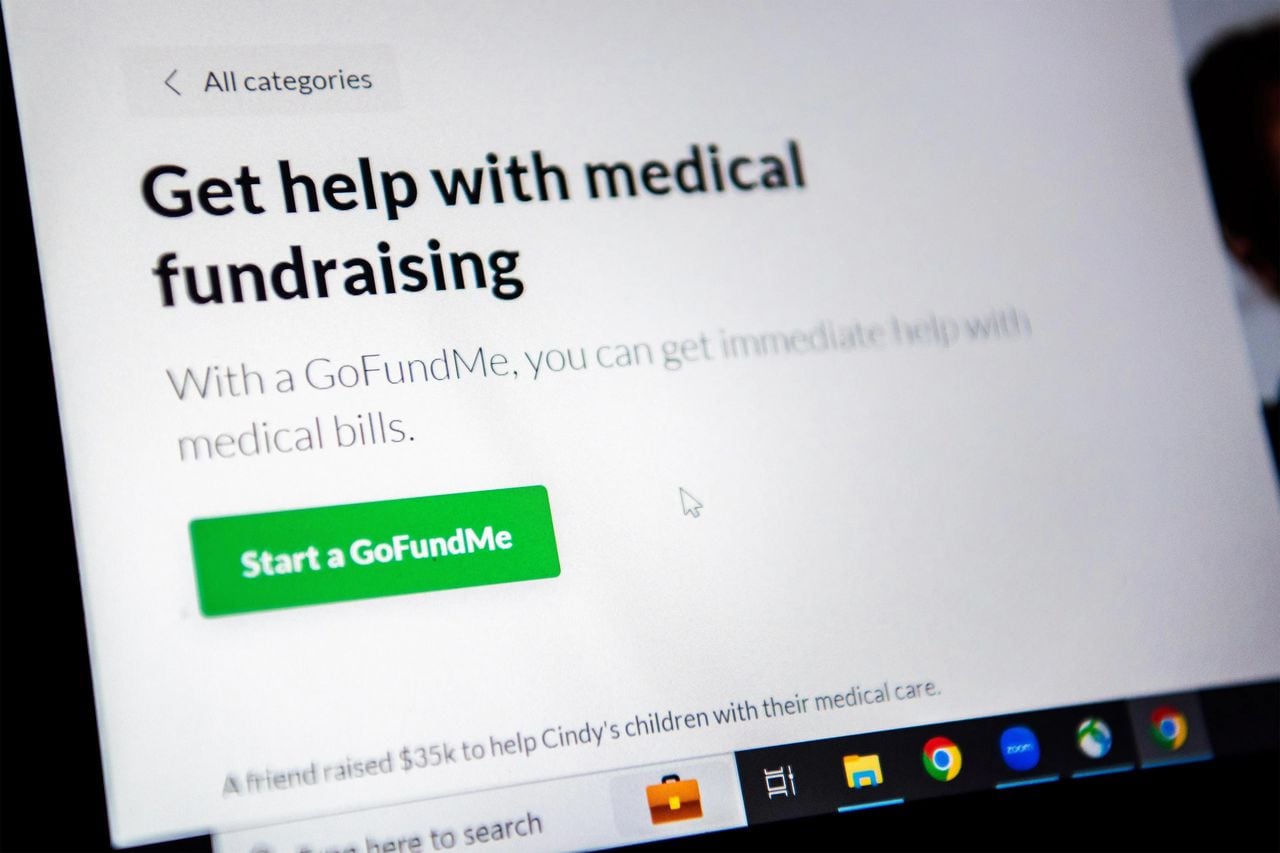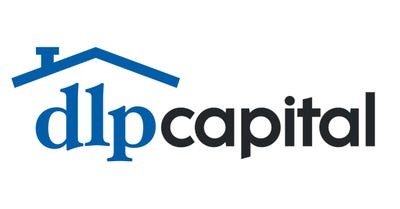GoFundMe, originally created as a platform for crowdfunding ideas and dreams, has evolved into a popular platform for patients seeking financial assistance for medical bills. According to a study, the number of U.S. campaigns related to medical causes on GoFundMe increased 25 times from 2011 to 2020. Currently, there are over 500 campaigns dedicated to raising funds for the treatment of spinal muscular atrophy, a genetic condition that primarily affects children. The high cost of medical treatments, such as the recently approved gene therapy for spinal muscular atrophy priced at $2.1 million, has led many patients to turn to crowdfunding as a last resort.
What is concerning is that relying on crowdfunding for expensive medical care has become normalized and even recommended by patient advocates and hospital financial aid officers. Patients who cannot afford their medical bills are advised to start a GoFundMe campaign instead of being sent to collections. This normalization of crowdfunding as a solution to healthcare costs perpetuates socioeconomic disparities, as campaigns started by famous individuals or those with wealthy networks tend to be more successful than those started by middle-class or poor individuals.
GoFundMe acknowledges the significant role it plays in helping patients cover medical expenses, but the company does not disclose the exact proportion of medically related campaigns on its platform. While estimates suggest that about a third of the funds raised on GoFundMe are for medical costs, this may be an undercount.
The reliance on crowdfunding for medical expenses highlights the flaws in the U.S. healthcare system. The CEO of GoFundMe from 2015 to 2020, Rob Solomon, expressed his desire for “medical” not to be a category on the platform and criticized the healthcare system for failing patients. However, the current CEO, Tim Cadogan, believes that meaningful public policy is necessary to address complex systemic problems, and GoFundMe cannot be the sole solution.
Despite the hopeful nature of GoFundMe campaigns, most of them fall short of their fundraising goals. A study found that medical expense campaigns in the U.S. only raised about 40% of their target amount on average, and there is evidence that these yields have worsened over time.
The article shares the stories of individuals who turned to GoFundMe for help with their medical bills. One mother resorted to crowdfunding after receiving a hefty air-ambulance bill for her son’s treatment. Another individual faced a massive bill for bariatric surgery and had to start a GoFundMe campaign to avoid bankruptcy.
While GoFundMe has provided temporary relief for some individuals, it is clear that crowdfunding alone is not a sustainable solution to the high cost of healthcare in the United States. Meaningful public policy changes are needed to address the systemic issues that contribute to the reliance on crowdfunding for medical expenses.

